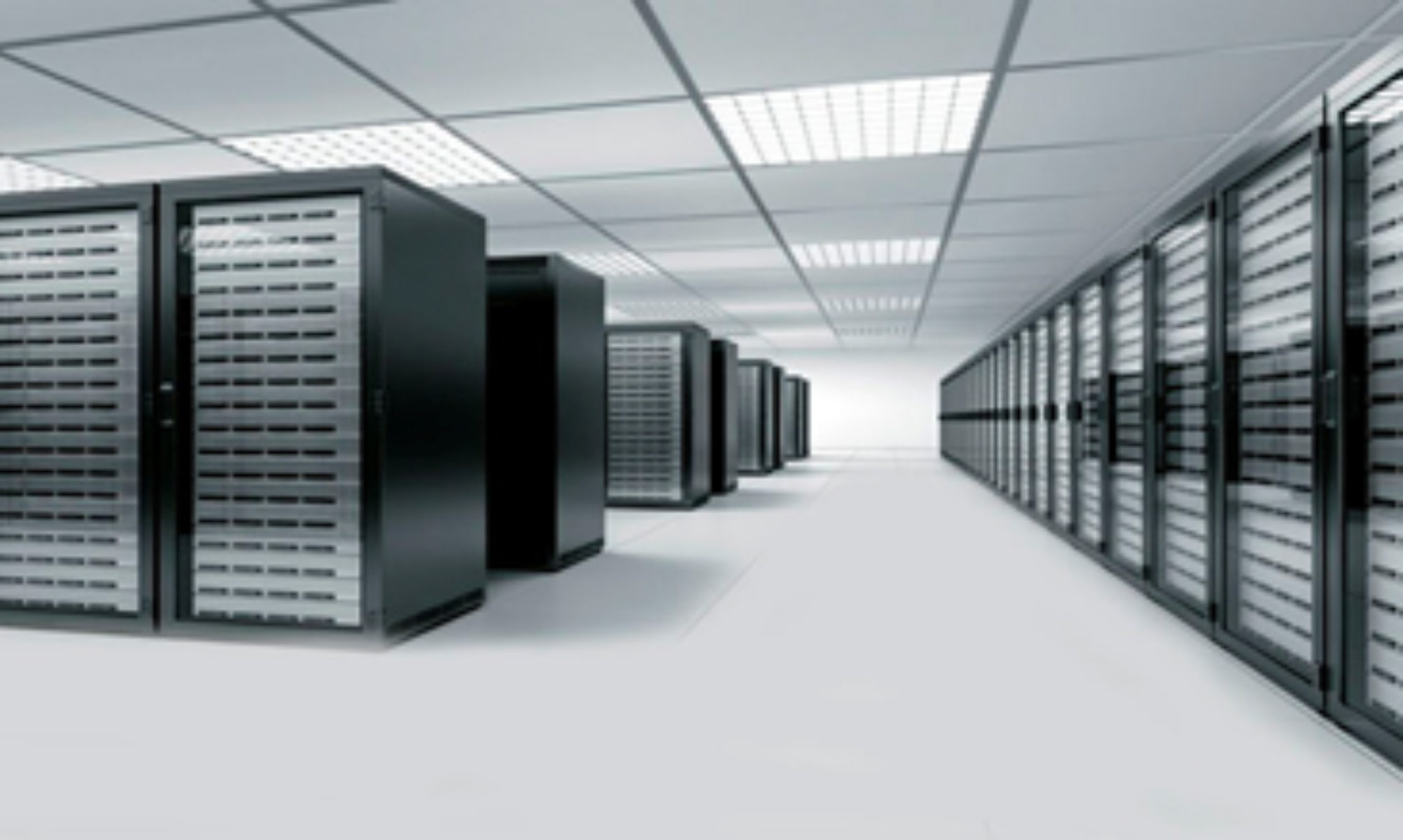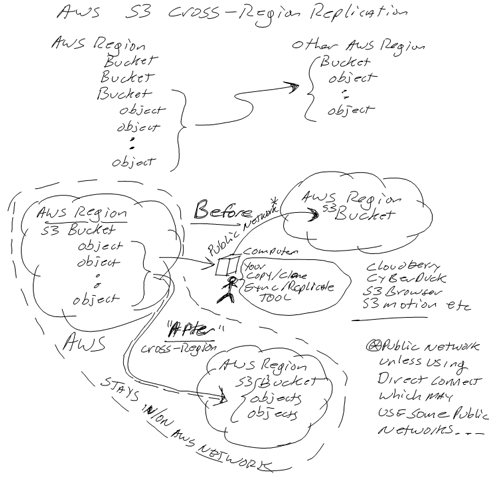AP – SNIA Green Emerald Program and measurements
AP – Southern California heat wave strains electrical system
Ars Technica –
EPA: Power usage in data centers could double by 2011 Ars Technica –
Meet the climate savers: Major tech firms launch war on energy-inefficient PCs – Article
Askageek.com – Buying an environmental friendly laptop – November 2008
Baseline – Examining Energy Consumption in the Data Center
Baseline –
Burts Bees: What IT Means When You Go Green Bizcovering – Green architecture for the masses
Broadstuff – Are Green 2.0 and Enterprise 2.0 Incompatible?
Business Week – CEO Guide to Technology
Business Week – Computers’ elusive eco factor
Business Week – Clean Energy – Its Getting Affordable
Byte & Switch – Keeping it Green This Summer – Don’t be "Green washed"
Byte & Switch – IBM Sees Green in Energy Certificates
Byte & Switch – Users Search for power solutions
Byte & Switch – DoE issues Green Storage Warning
CBR – The Green Light for Green IT
CBR – Big boxes make greener data centers
CFO – Power Scourge
Channel Insider – A 12 Step Program to Dispose of IT Equipment
China.org.cn –
China publishes Energy paper CIO – Green Storage Means Money Saved on Power
CIO – Data center designers share secrets for going green
CIO –
Best Place to Build a Data Center in North America CIO Insight – Clever Marketing or the Real Thing?
Cleantechnica – Cooling Data Centers Could Prevent Massive Electrical Waste – June 2008
Climatebiz – Carbon Calculators Yield Spectrum of Results: Study
CNET News – Linux coders tackle power efficiency
CNET News –
Research: Old data centers can be nearly as ‘green’ as new ones CNET News –
Congress, Greenpeace move on e-wast CNN Money – A Green Collar Recession
CNN Money – IBM creates alliance with industry leaders supporting new data center standards
Communication News – Utility bills key to greener IT
Computerweekly – Business case for green storage
Computerweekly – Optimising data centre operations
Computerweekly – Green still good for IT, if it saves money
Computerweekly – Meeting the Demands for storage
Computerworld – Wells Fargo Free Data Center Cooling System
Computerworld – Seven ways to get green and save money
Computerworld – Build your data center here: The most energy-efficient locations
Computerworld – EPA: U.S. needs more power plants to support data centers
Computerworld – GreenIT: A marketing ploy or new technology?
Computerworld – Gartner Criticizes Green Grid
Computerworld – IT Skills no longer sufficient for data center execs.
Computerworld – Meet MAID 2.0 and Intelligent Power Management
Computerworld – Feds to offer energy ratings on servers and storage
Computerworld – Greenpeace still hunting for truly green electronics
Computerworld – How to benchmark data center energy costs
ComputerworldUK – Datacenters at risk from poor governance
ComputerworldUK – Top IT Leaders Back Green Survey
ComputerworldMH – Lean and Green
CTR – Strategies for enhancing energy efficiency
CTR – Economies of Scale – Green Data Warehouse Appliances
Datacenterknowledge – Microsoft to build Illinois datacenter
Data Center Strategies – Storage The Next Hot Topic
Earthtimes – Fujitsu installs hydrogen fuel cell power
eChannelline – IBM Goes Green(er)
Ecoearth.info –
California Moves To Speed Solar, Wind Power Grid Connections Ecogeek – Solar power company figures they can power 90% of America
Economist –
Cool IT Electronic Design – How many watts in that Gigabyte
eMazzanti – Desktop virtualization movement creeping into customer sites
ens-Newswire – Western Governors Ask Obama for National Green Energy Plan
Environmental Leader – Best Place to Build an Energy Efficient Data Center
Environmental Leader – New Guide Helps Advertisers Avoid Greenwash Complaints
Enterprise Storage Forum –
Power Struggles Take Center Stage at SNW Enterprise Storage Forum – Pace Yourself for Storage Power & Cooling Needs
Enterprise Storage Forum – Storage Power and Cooling Issues Heat Up – StorageIO Article
Enterprise Storage Forum – Score Savings With A Storage Power Play
Enterprise Storage Forum –
I/O, I/O, Its off to Virtual Work I Go Enterprise Storage Forum –
Not Just a Flash in the Pan – Various SSD options
Enterprise Storage Forum –
Closing the Green Gap – Article August 2008
EPA Report to Congress and Public Law 109-431 – Reports & links
eWeek – Saving Green by being Green
eWeek – ‘No Cooling Necessary’ Data Centers Coming?
eWeek –
How the ‘Down’ Macroeconomy Will Impact the Data Storage Sector ExpressComputer – In defense of Green IT
ExpressComputer – What data center crisis
Forbes – How to Build a Quick Charging Battery
GCN – Sun launches eco data center
GreenerComputing – New Code of Conduct to Establish Best Practices in Green Data Centers
GreenerComputing – Silicon valley’s green detente
GreenerComputing – Majority of companies plan to green their data centers
GreenerComputing – Citigroup to spend $232M on Green Data Center
GreenerComputing – Chicago and Quincy, WA Top Green Data Center Locations
GreenerComputing – Using airside economizers to chill data center cooling bills
GreenerComputing – Making the most of asset disposal
GreenerComputing – Greenpeace vendor rankings
GreenerComputing – Four Steps to Improving Data Center Efficiency without Capital Expenditures
GreenerComputing – Enabling a Green and Virtual Data Center
Green-PC –
Strategic Steps Down the Green Path Greeniewatch –
BBC news chiefs attack plans for climate change campaign Greeniewatch –
Warmest year predictions and data that has not yet been measured GoverenmentExecutive –
Public Private Sectors Differ on "Green" Efforts HPC Wire – How hot is your code
Industry Standard – Why green data centers mean partner opportunities
InformationWeek – It could be 15 years before we know what is really green
InformationWeek – Beyond Server Consolidaiton
InformationWeek – Green IT Beyond Virtualization: The Case For Consolidation
InfoWorld – Sun celebrates green datacenter innovations
InfoWorld – Tech’s own datacenters are their green showrooms
InfoWorld – 2007: The Year in Green
InfoWorld – Green Grid Announces Tech Forum in Feb 2008
InfoWorld – SPEC seeds future green-server benchmarks
InfoWorld – Climate Savers green catalog proves un-ripe
InfoWorld – Forester: Eco-minded activity up among IT pros
InfoWorld – Green ventures in Silicon Valley, Mass reaped most VC cash in ’07
InfoWorld – Congress misses chance to see green-energy growth
InfoWorld – Unisys pushes green envelope with datacenter expansion
InfoWorld – No easy green strategy for storage
Internet News – Storage Technologies for a Slowing Economy
Internet News – Economy will Force IT to Transform
ITManagement – Green Computing, Green Revenue
itnews – Data centre chiefs dismiss green hype
itnews – Australian Green IT regulations could arrive this year
IT Pro – SNIA Green storage metrics released
ITtoolbox – MAID discussion
Linux Power – Saving power with Linux on Intel platforms
MSNBC – Microsoft to build data center in Ireland
National Post – Green technology at the L.A. Auto Show
Network World – Turning the datacenter green
Network World – Color Interop Green
Network World – Green not helpful word for setting environmental policies
NewScientistEnvironment – Computer servers as bad for climate as SUVs
Newser – Texas commission approves nation’s largest wind power project
New Yorker –
Big Foot: In measuring carbon emissions, it’s easy to confuse morality and science NY Times – What the Green Bubble Will Leave Behind
PRNewswire – Al Gore and Cisco CEO John Chambers to debate climate change
Processor – More than just monitoring
Processor – The new data center: What’s hot in Data Center physical infrastructure:
Processor – Liquid Cooling in the Data Center
Processor – Curbing IT Power Usage
Processor – Services To The Rescue – Services Available For Today’s Data Centers
Processor – Green Initiatives: Hire A Consultant?
Processor – Energy-Saving Initiatives
Processor – The EPA’s Low Carbon Campaig
Processor – Data Center Power Planning
SAN Jose Mercury –
Making Data Centers Green SDA-Asia – Green IT still a priority despite Credit Crunch
SearchCIO –
EPA report gives data centers little guidance SearchCIO – Green IT Strategies Could Lead to hefty ROIs
SearchCIO – Green IT In the Data Center: Plenty of Talk, not much Walk
SearchCIO – Green IT Overpitched by Vendors, CIOs beware
SearchDataCenter – Study ranks cheapest places to build a data center
SearchDataCenter – Green technology still ranks low for data center planners
SearchDataCenter – Green Data Center: Energy Effiecnty Computing in the 21st Century
SearchDataCenter – Green Data Center Advice: Is LEED Feasible
SearchDataCenter – Green Data Centers Tackle LEED Certification
SearchDataCenter – PG&E invests in data center effieicny
SearchDataCenter – A solar powered datacenter
SearchSMBStorage – Improve your storage energy efficiency
SearchSMBStorage –
SMB capacity planning: Focusing on energy conservation SearchSMBStorage – Data footprint reduction for SMBs
SearchSMBStorage –
MAID & other energy-saving storage technologies for SMBs SearchStorage – How to increase your storage energy efficiency
SearchStorage – Is storage now top energy hog in the data center
SearchStorage – Storage eZine: Turning Storage Green
SearchStorage – The Green Storage Gap
SearchStorageChannel – Green Data Storage Projects
Silicon.com – The greening of IT: Cooling costs
SNIA – SNIA Green Storage Overview
SNIA – Green Storage
SNW –
Beyond Green-wash SNW Spring 2008 Beyond Green-wash State.org –
Why Texas Has Its Own Power Grid StorageDecisions –
Different Shades of Green Storage Magazine – Storage still lacks energy metrics
StorageIOblog –
Posts pertaining to Green, power, cooling, floor-space, EHS (PCFE) Storage Search – Various postings, news and topics pertaining to Green IT
Technology Times – Revealed: the environmental impact of Google searches
TechTarget – Data center power efficiency
TechTarget – Tip for determining power consumption
Techworld – Inside a green data center
Techworld – Box reduction – Low hanging green datacenter fruit
Techworld – Datacentere used to heat swimming pool
Theinquirer – Spansion and Virident flash server farms
Theinquirer – Storage firms worry about energy efficiency How green is the valley
TheRegister –
Data Centre Efficiency, the good, the bad and the way to hot TheRegister –
Server makers snub whalesong for serious windmill abuse TheRegister –
Green data center threat level: Not Green The Standard – Growing cynicism around going Green
ThoughtPut – Energy Central
Thoughtput –
Power, Cooling, Green Storage and related industry trends Wallstreet Journal – Utilities Amp Up Push To Slash Energy Use
Wallstreet Journal – The IT in Green Investing
Wallstreet Journal – Tech’s Energy Consumption on the Rise
Washingtonpost – Texas approves major new wind power project
WhatPC – Green IT: It doesnt have to cost the earth
WHIRnews –
SingTel building green data center Wind-watch.org –
Loss of wind causes Texas power grid emergency WyomingNews – Overcoming Greens Stereotype
Yahoo – Washington Senate Unviel Green Job Plan
ZDnet – Will supercomputer speeds hit a plateau?
Are data centers causing climate change
Vendors and organizations have different types of calculators some with focus on power, cooling, floor space, carbon offsets or emissions,
ROI, TCO and other IT data center infrastructure resource management. Following is an evolving list and by no means definitive even for a particular vendors as
different manufactures may have multiple different calculators for different product lines or areas of focus.




































